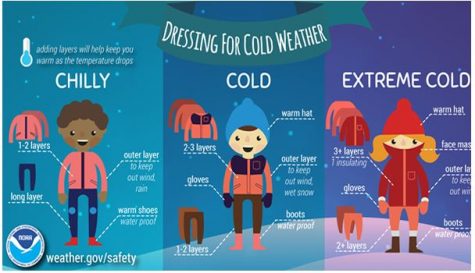Jobs vary for working dogs
Asher, a medical alert dog, travels with his handler on a trip to New York City
March 19, 2019
Thanks to advances in understanding of how animals may support people with various disabilities and needs, society has become more aware of animals may provide supportive services. However, not all are aware of the working dog categories and rights of these animals.
Working dogs fall into three categories, each with different responsibilities or tasks and with different rights.
One type of working dog is emotional support animal. Emotional support animals, or ESA, are pets that provide emotional support to an individual with no further training in how to behave in public places. Emotional support animals do not have legal access to public places, but they do have certain legal rights in housing situations and when on airplanes. ESA handlers must have had their animal prescribed to them by a licensed mental health professional.
Unlike ESAs, therapy dogs are trained to behave in public places with particular emphasis on interacting with many people other than its handler. Therapy dogs are not federally granted legal access to any public places except the place in which they are providing therapy such as a school, hospital, or nursing home. Unlike ESAs, therapy dogs are trained and often certified.
Service dogs are unlike therapy dogs and emotional support animals because they must perform a task for someone with a disability and behave in public places. Service dogs are not considered pets. Service dogs do not require a doctor’s letter and are allowed anywhere, even if dogs are prohibited. Service dogs must be housebroken and leashed, unless the dog needs to be off leash to provide for the disability.
Service dogs, specifically, serve in a variety of ways. They may be medical alert dogs, such as those for diabetic or seizure alerts, while others can guide people who are blind. Larger dogs can assist people with balance or walking. Dogs can also be trained to help people with tasks that may be difficult due to their disability. These tasks may include opening doors, retrieving objects, providing deep pressure, and call 911 for a medical emergency.











